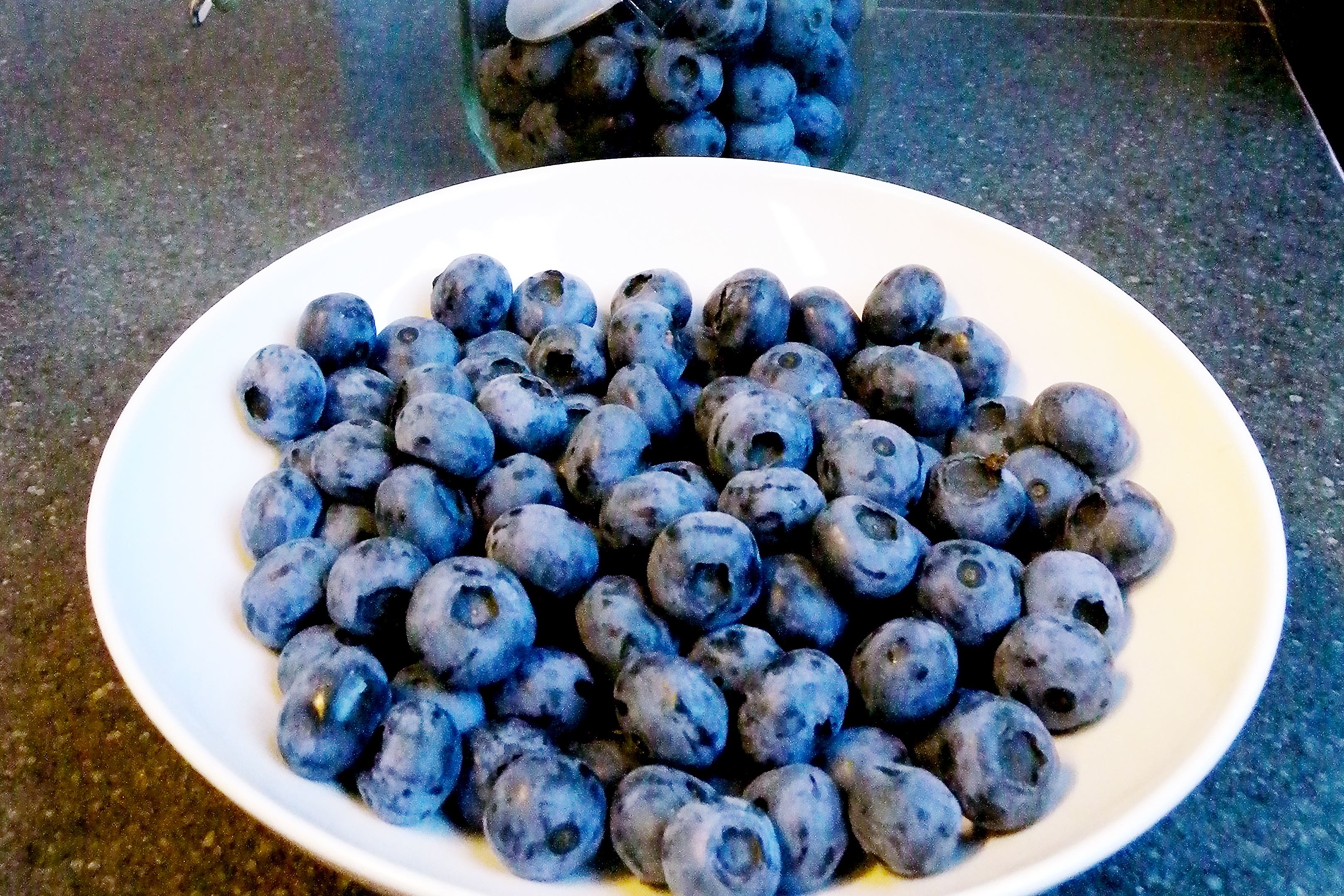Researchers reveal why blueberries are blue
The scientists say the findings apply to lots of fruits that are the same colour, including damsons, sloes and juniper berries.

Your support helps us to tell the story
From reproductive rights to climate change to Big Tech, The Independent is on the ground when the story is developing. Whether it's investigating the financials of Elon Musk's pro-Trump PAC or producing our latest documentary, 'The A Word', which shines a light on the American women fighting for reproductive rights, we know how important it is to parse out the facts from the messaging.
At such a critical moment in US history, we need reporters on the ground. Your donation allows us to keep sending journalists to speak to both sides of the story.
The Independent is trusted by Americans across the entire political spectrum. And unlike many other quality news outlets, we choose not to lock Americans out of our reporting and analysis with paywalls. We believe quality journalism should be available to everyone, paid for by those who can afford it.
Your support makes all the difference.Researchers have shed light on what gives blueberries their distinctive colour, despite dark red pigment in their skin.
According to the findings, tiny structures in the wax coating of the berries are behind their appearance.
The University of Bristol researchers say this applies to lots of fruits that are the same colour, including damsons, sloes and juniper berries.
It was really interesting to find that there was an unknown coloration mechanism right under our noses, on popular fruits that we grow and eat all the time
Rox Middleton, research fellow at Bristol’s School of Biological Sciences, said: “The blue of blueberries can’t be ‘extracted’ by squishing – because it isn’t located in the pigmented juice that can be squeezed from the fruit.
“That was why we knew that there must be something strange about the colour.
“So we removed the wax and re-crystallised it on card and in doing so we were able to create a brand new blue-UV coating.”
Dr Middleton added: “It was really interesting to find that there was an unknown colouration mechanism right under our noses, on popular fruits that we grow and eat all the time.
“It was even more exciting to be able to reproduce that colour by harvesting the wax to make a new blue coating that no-one’s seen before.
“Building all that functionality of this natural wax into artificially engineered materials is the dream.”
Despite the dark red colour of the pigments in blueberry skin, their blue colour is provided by a layer of wax that surrounds the fruit which is made up of miniature structures that scatter blue and UV light.
Researchers say this makes the fruit appear blue to humans and to certain birds.
The colour is a result of the interaction of the randomly arranged crystal structures of the waxy coating with light, the study suggests.
The coloured layer is ultra thin – around two microns thick – and although less reflective, it is visibly blue and reflects UV well, possibly paving the way for new dyeing methods.
Dr Middleton said: “It shows that nature has evolved to use a really neat trick, an ultrathin layer for an important colourant.”
Most plants are coated in a thin layer of wax which has multiple functions.
Many of these functions are not known, but it can be very effective as a self-cleaning coating, and in keeping water away.
Until the new study, published in Science Advances, researchers did not know how important the structure was for visible colouration.
Now the researchers plan to look at ways of recreating the coating and applying it, which could lead to a more sustainable, biocompatible and even edible UV and blue-reflective paint.